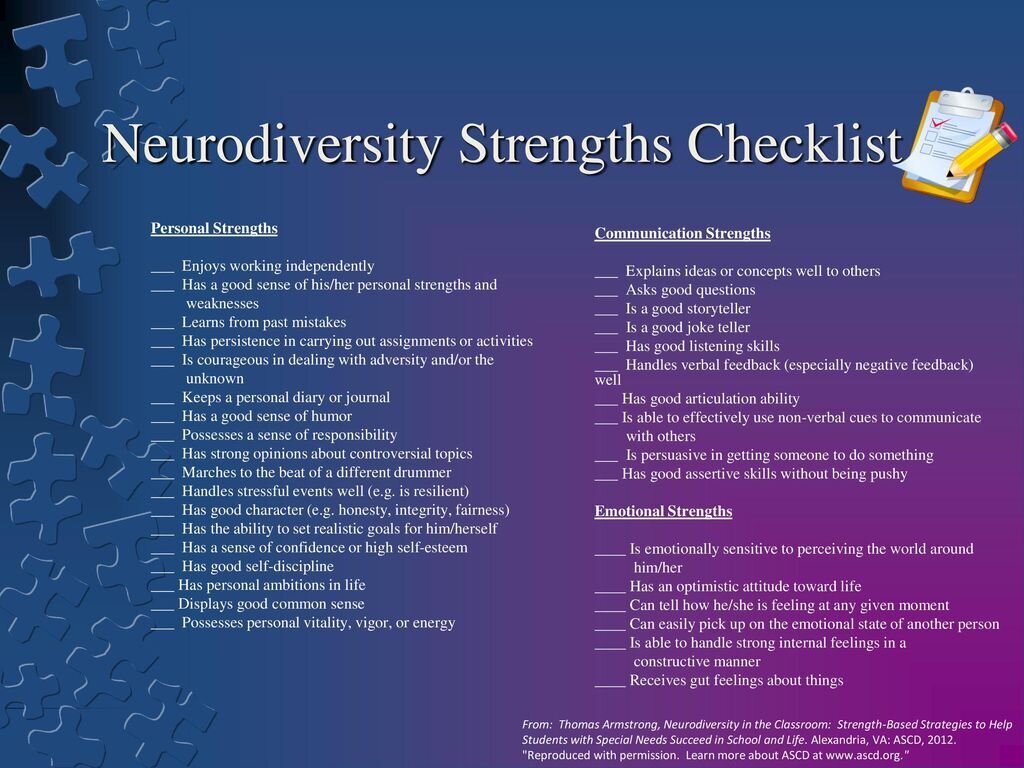Calling Out the Brilliance of ALL Students
“If we’re committed to the success of every child, we must acknowledge the uneven playing field that exists for many: ELLs, students with special needs, children experiencing trauma or relentless poverty, and students of color who confront unconscious biases about their capacity. Walking toward equity will help us to create inclusive, 21st-century classrooms.”
It is Saturday morning, and I am relishing being awake before anyone else to read and explore what is being discussed by educational thought leaders. I am inspired by quotes such as the one above by Safir. I feel a wave of change beginning to swell, and I find myself empowered by research and voices reinforcing what I have always known about children and learning.
It is time to fully embrace the brilliance of all students by celebrating what makes a child uniquely themselves - their strengths, loves, and passions.
With this approach, students flourish and education becomes a strong empowering place for each and every learner.
This conversation is dramatically different from the conversation around standards, program adoptions, and high stakes testing. When we walk down that road, the discussion inevitably leads to finding weaknesses and fixing students. Learners become seen as deficient and educators focus on fixing their deficiencies so they can … pass the test, complete the required material, fit the mold. There is an important distinction between operating from a deficit mode and operating from a strength-based mode of instruction. When we teach to students’ strengths, we walk towards equity.
The book, Neurodiversity in the Classroom: Strength-Based Strategies to Help Students with Special Needs Succeed in School and Life, by Thomas Armstrong (ASCD 2102) provides powerful insight for educators to move in this direction.
This book reminds us that “It's time that we focused on celebrating rather than pathologizing our students with special needs so that they can fully realize their potential in school and life.” Armstrong provides a framework and strategies in which to shift mindset to a strength-based approach.
I would argue that these apply not only to special needs students but to all students. He discusses how the current paradigm for defining success is when a student successfully performs and adapts to the environment.
Instead, as teachers, he suggests we shift that thought paradigm and adjust the environment to lead to more success.
It is the difference between the child adapting vs the environment being adjusted.
What might that look like in a math classroom?
Let’s take the example of practicing for fact fluency:
We all agree that students need to know their basic facts as is emphasized in our standards. More importantly, as mathematicians, it is critical to have facility with basic fact knowledge in order to acquire strong number sense and to solve more complex problems.
When we expect a child to adapt to the environment in order to be successful, a teacher may assign more rote drill and practice for a child who is struggling with memory and recall. Quite typically, we might see these students spending hours of classroom and homework time with traditional flashcards and computer programs that rely on repetition and exposure to facts over and over again until the child demonstrates fluency. In this situation, we expect the child to adapt to the environment. Here is a student who has weaknesses in memory and processing, and instruction focuses on repetition and low-level skills-based lessons to improve that deficit. Teaching within the zone of the actual deficit that this student has to begin with, the child is expected to adapt over time.
When we adjust the environment, instruction and success look quite different.
This same child may have a strength in visual understanding and social connections. Instead of working on a computer, with flashcards, and other activities designed to improve memory working in isolation through rote repetition, we build on the strength of visual and social information and have this child playing a game to practice facts which includes visual representations. The game involves working with and talking to a partner. We instruct to this student's strengths of visual and social information. Here, success happens because the learning environment was adjusted.
Rather than fixing this child, we fix the instructional mode.
Here are some resources for enhancing visual memory:
It may take some deliberate practice to make this switch. A powerpoint explaining the theory of neurodiversity provides some lists for us to think outside of the traditional box to look for ways in which students are brilliant.
Based on this idea, here is my challenge to you:
Take a list of your students. Next to each student, record two areas in which they show their brilliance. In the next column, record what you can do to harness that brilliance and propel their learning forward.
Here’s an example with a student we will call Matthew. From a deficit perspective, Matthew has ADHD and requires additional time to complete written tasks. From a strength-based perspective, we might think this instead:
Student / Strength / Approach
Matthew / Exuberant, Social, Hands-on learner / Leadership responsibilities, Game-based learning
If you do take up this challenge, please let me know how it goes.
More importantly, be that change agent in your schools. Pull others into the conversation. Start a brilliance-based movement.
I know that when we call out the brilliance of all students, with the support and direction of thought leaders of today, we change the conversation.
We change the impact of education for all students.
We begin to even the playing field.
We commit to success for all students.
We brighten the future.
Kindly,
Sue
Share your thoughts with me at @LooneyMath




